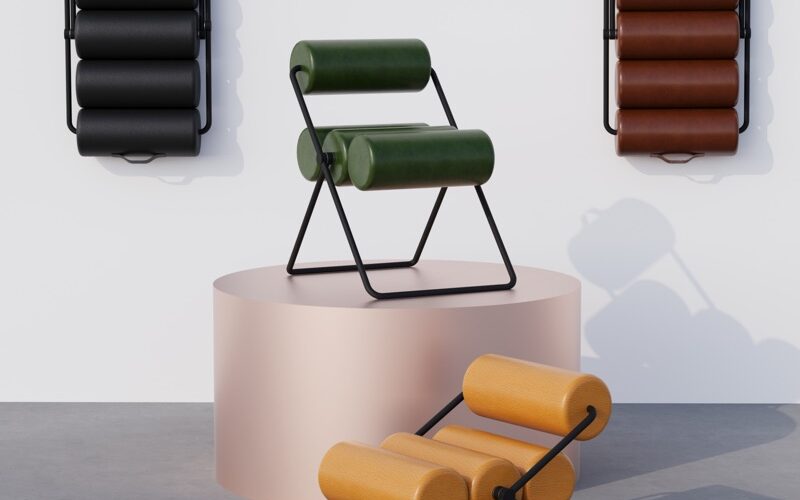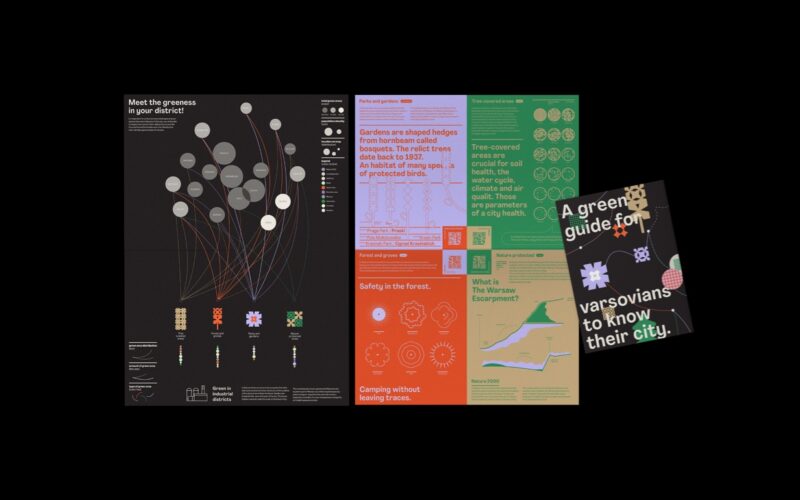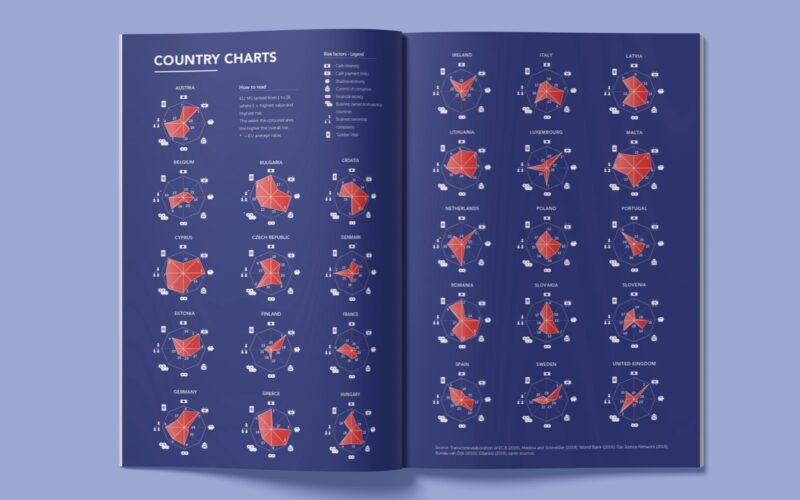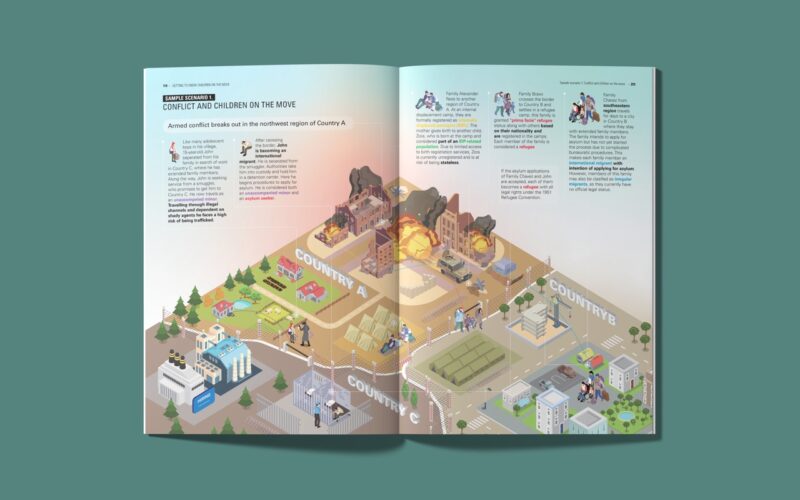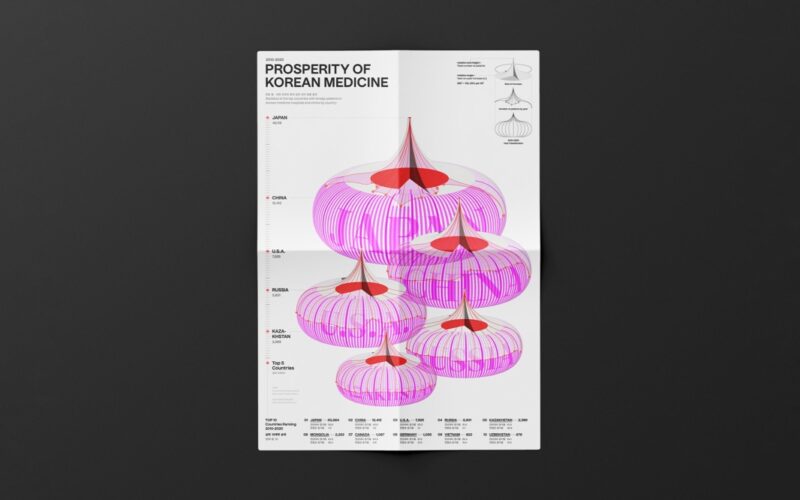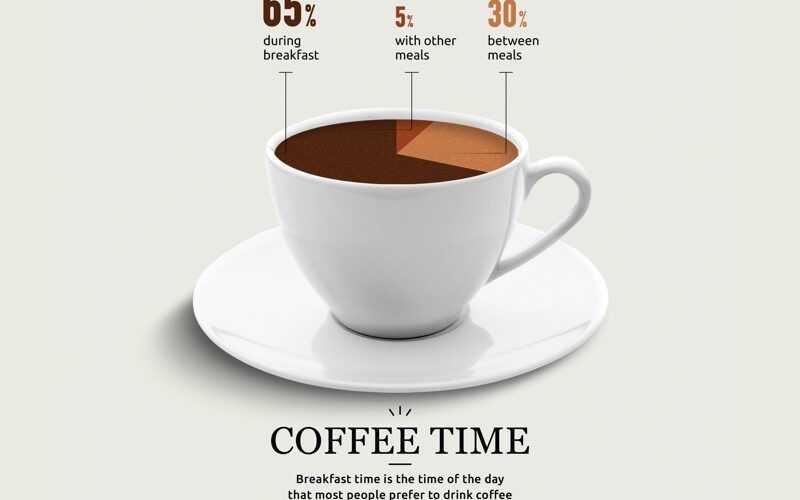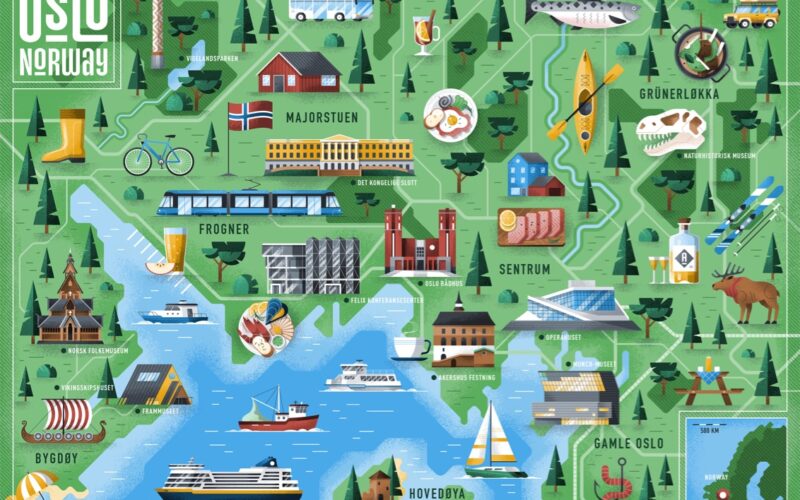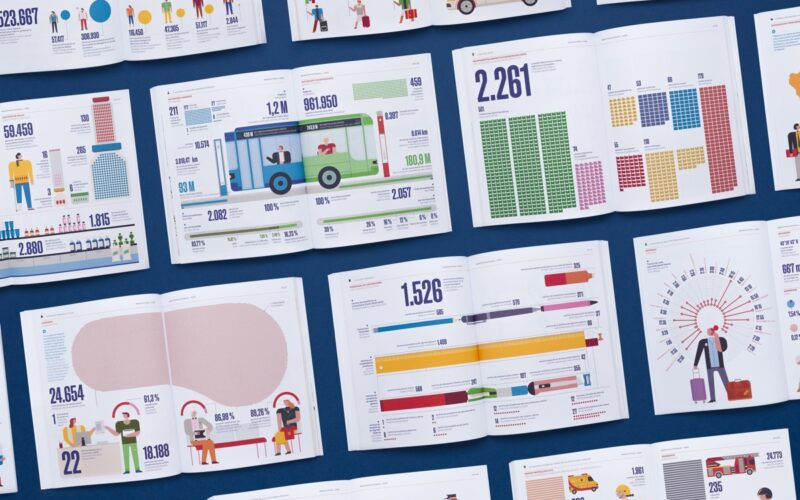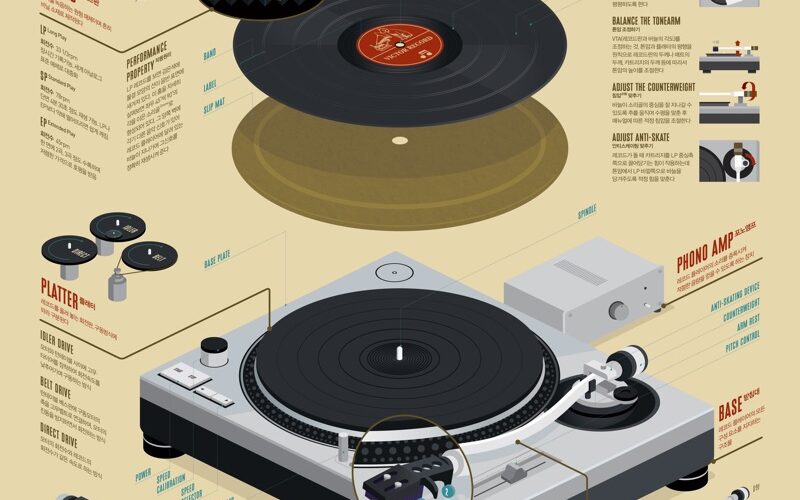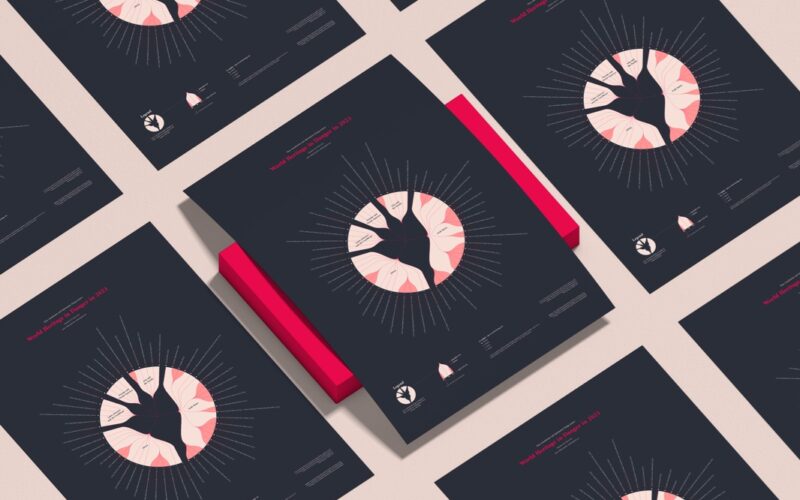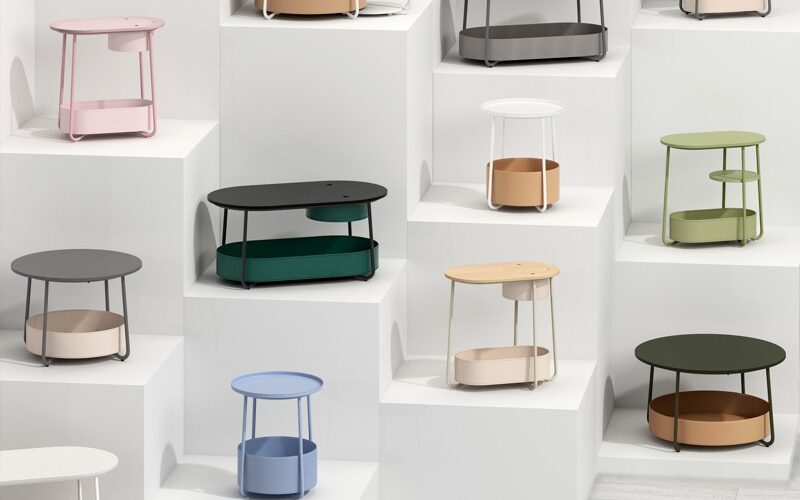The A’Design Award and Competition is for designers, innovators and companies that want to highlight themselves to attract the attention of media, publishers and buyers. It has up to 100 categories and it is for creative of all types with awards ranging from Good Industrial Design Award, Good Architecture Design Award to Good Product Design Award, Good Communication Design Award...
Victoria da Costa — Buenos Aires, Argentina
What is the attraction of infographic or data visualisation? “It’s another way of narrating a story, something that interests me and could captivate other people. As a graphic designer, being able to create a blend of research, information, data, typography and graphics is something that deeply intrigues me.”...
Ilaria Mastro — Milan, Italy
“I reckon explanatory illustrations would be very useful in the education sector: eye-catching and engaging visual representations could help students to better understand and memorise complex phenomena. Also the business sector is getting closer to explanatory illustrations, even though too many times they still rely on old and out-of-date charts and diagrams, which make communication obsolete.”...
Shangning Wang & Jiayan He — New York, USA
Is there any other media you hope you could see more infographics on? “It is evident that an increasing prevalence of screens is becoming a big part of our daily lives. Research indicates a substantial rise in daily screen time, with an almost 50-minute increase per day compared to a decade ago, particularly since 2013. Anticipating this background, we foresee...
Kisub Moon — Seoul, South Korea
“It lies in its ability to seamlessly blend cultural symbolism with the essence of the subject matter. The incorporation of the garlic from the Dangun myth serves as a captivating graphic metaphor. Leveraging a well-known element from Korean culture adds a layer of familiarity and resonance, creating a unique visual language that resonates with the audience. This approach not only...
Till Noon — Athens, Greece
Since 2012, Till Noon’s projects and collaborations span from notable international clients, to the smaller local brands and start-ups....
Adrian Bauer — Fredersdorf-Vogelsdorf, Germany
“Explanatory illustrations in educational materials, interactive apps, online courses, and e-learning platforms could significantly enhance learning experiences. Another advantage for example could be a use in connection with Augmented and Virtual Reality.”...
Romualdo Faura — Murcia, Spain
“Being able to create a drawing that is both rigorous and engaging at the same time requires a delicate balance. Sometimes, the designer tries to be too original and creative, losing the essential elements of truth and rigour that an explanatory drawing should have. I strive to keep this quest for balance always in mind.”...
Infographics Lab 203 — Sung Hwan Jang — Seoul, South Korea
“Infographics should be distinguished from editing designs. Editing designs take precedence over text and use images incidentally. So, if you can’t read the text, you can never understand it. I haven’t seen any media that specialises in infographics. It often appears in daily news, such as The New York Times and The South China Morning Post....
Mihajlo Jakovljev — Serbia
“You can either cultivate your style and apply it to any brief, or fully adapt to the assignment at hand. There is no right answer, and finding the right balance is difficult at first. There’s a discrepancy between supply and demand in this niche industry. On the one hand, there’s a plethora of incredibly talented information designers. On the other...
United By Design Studio — Porto, Portugal
Is there any other media you hope you could see more infographics on? “Firstly in digital communication, taking advantage of animated resources, but also in the entire universe of visual communication, from promotional communication solutions to museography, In short, in all media.”...
A’Design Award & Competition 2024 — Top Winners — Italy
A’Design Award & Competition, one the world’s largest and most diffused international design awards announced results of the 2023-2024 design competition: 1,642 Winners from 114 countries in 151 different design disciplines. Best products, projects and services worldwide that demonstrate superior design, technology and creativity are rewarded with the A’Design Award; the symbol of excellence in design and innovation. There are...
